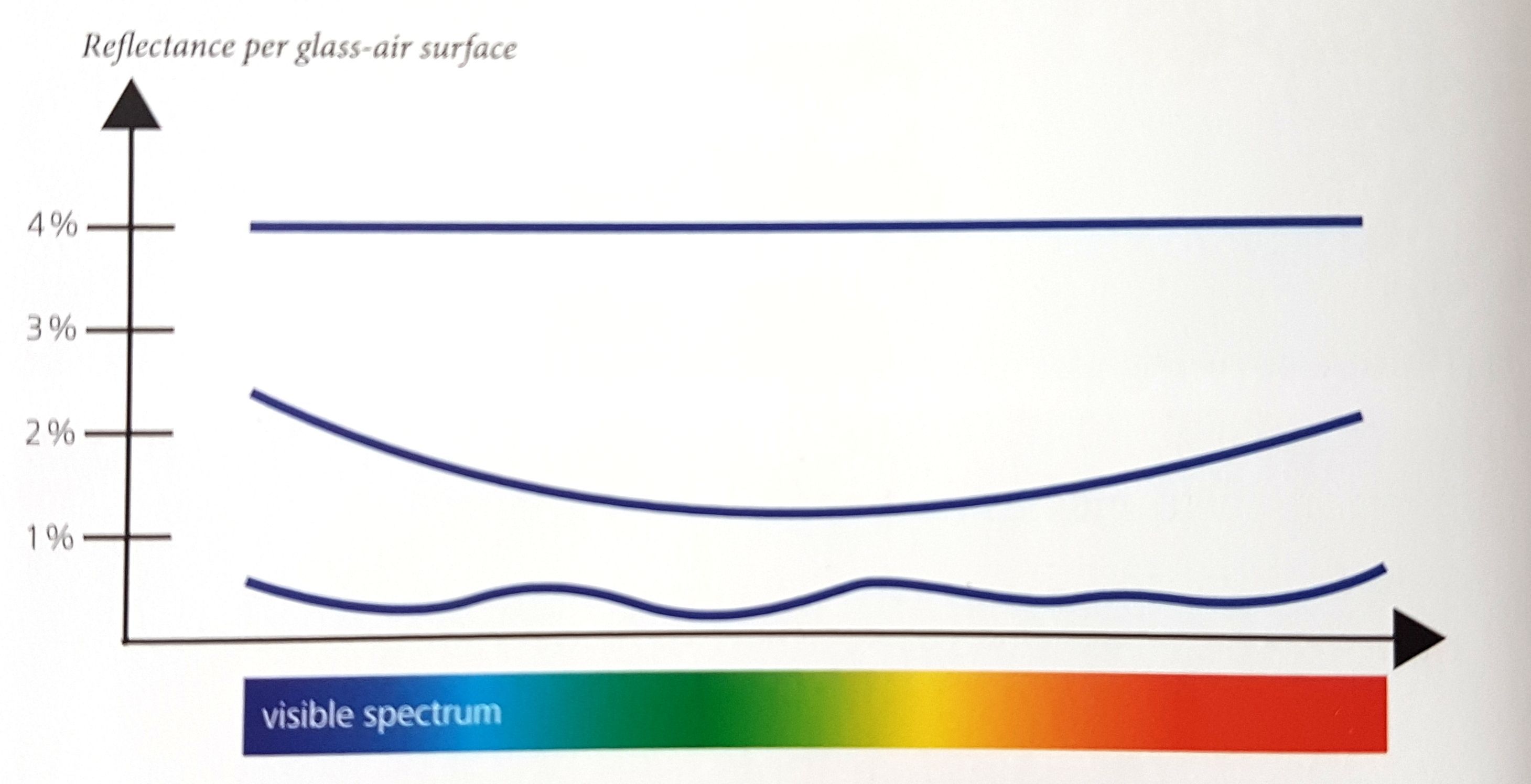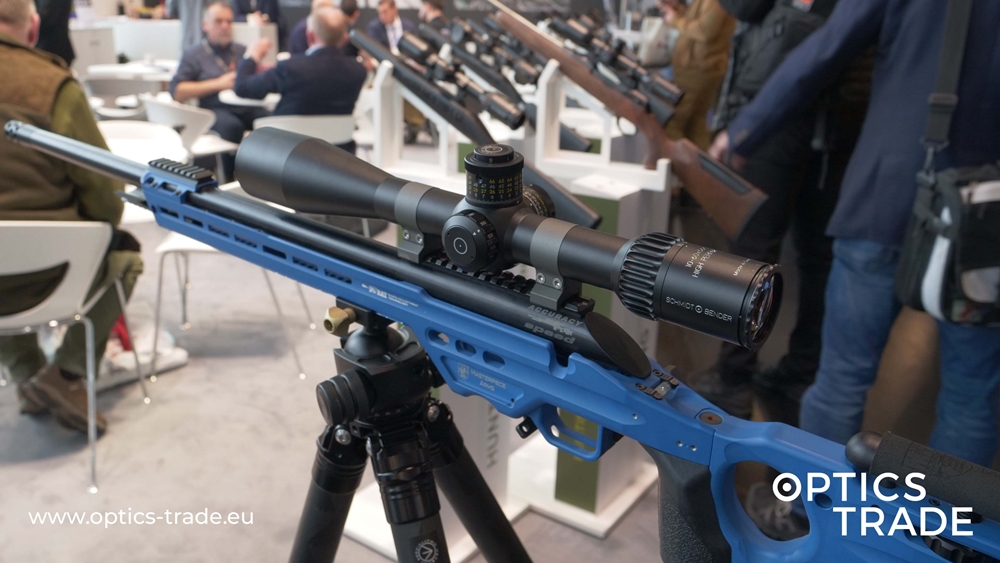Welcome to Optics Trade debates. In each episode, we talk about a different topic and try to answer the most common questions we receive about it. Today, we are going to talk about light transmission rates.
Light transmission rate is a really important piece of information and is not obsolete like relative brightness and twilight factor.
Light transmission rate is a percentage of light that goes through an optical instrument. It basically defines the quality of optics. Everything above 80 % is decent and everything above 90 % is exceptional. Really premium products feature a light transmission rate of over 95%.
Not all manufacturers specify the light transmission rate on their products.
There are different light transmission rates at different wavelengths, so usually when producers specify it, they specify the highest value at one specific wavelength. The light transmission rate should be measured as an integral, an average reading of light transmission through all wavelengths.
If the light transmission rate is measured correctly, the results can be put in a graph. This is the only realistic depiction of light transmission. Some manufacturers give the maximum rate, some the average, but the graph is the most accurate and realistic piece of information.
The main factors that affect light transmission rates are the glass quality, the quality of coatings, the optical construction, the number of lenses and the type of prisms.
The more lenses there are the bigger the light loss is. This is why some fixed power optics are brighter than optics with a high zoom.
Schmidt Pechan roof prisms aren’t as good at transiting light as Abbe Koenig or Porro prisms.
If the light transmission rate isn’t even through different wavelengths, tint can occur. If binoculars have a higher light transmission rate for blue than for red a bluish tint will be visible on the image. The light transmission of the whole spectrum of visible light should be very similar to avoid tint.
A current problem is that manufacturers specify only a number because it’s not in their best interests to provide a whole graph. Even an average percentage doesn’t always truly represent the light transmission.
A good step forward in the segment of sporting optics would be for all manufacturers to provide a graph.
We would like to thank you for your time. In case we did not answer all the questions regarding this topic, please leave a comment below or send an e-mail to us. If you found this video useful, please subscribe to our channel.
Explanation of the term on our website:
Light transmission specifies an amount of light that is let through the build of the optical product. Every crossing through each lens means a certain loss of light (0.1% with best coatings, up to 5% without coatings). Higher light transmission rate is very important when using optics at dawn or twilight. Good optics normally have light transmission up to 90%, whereas top-notch ones have even 95% and more light let through.
Although the quantity of light reaching the eye depends on the size of an exit pupil, light transmission determines the transparency of the lenses, whether the image is dark and cloudy or bright and clear.
Light transmission can be increased with applying different coatings on the glass surfaces. However, it depends on the coating type and number of layers. Multi-layered coatings mean higher light transmission.

Uncoated glass reflects about 5% of the light (entry-level price range), a single coating reduces the reflectivity to approx. 1.5% (middle price range), multi-coating reduces the reflectivity to approx. 0.1 to 0.2 % (premium price range)
Source: ZEISS
Products mentioned:
Binoculars: https://www.optics-trade.eu/en/binoculars.html
Riflescopes: https://www.optics-trade.eu/en/riflescopes.html




